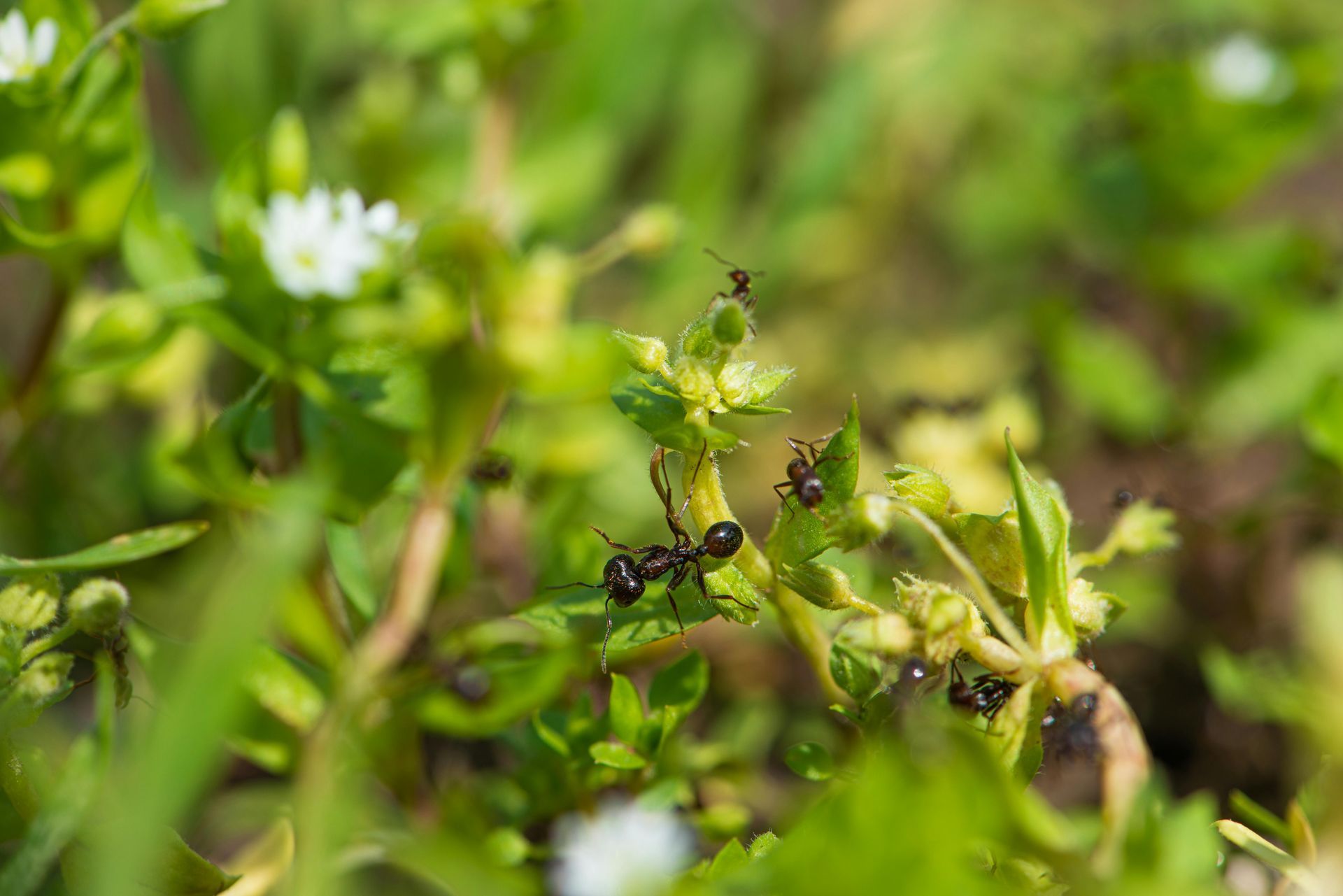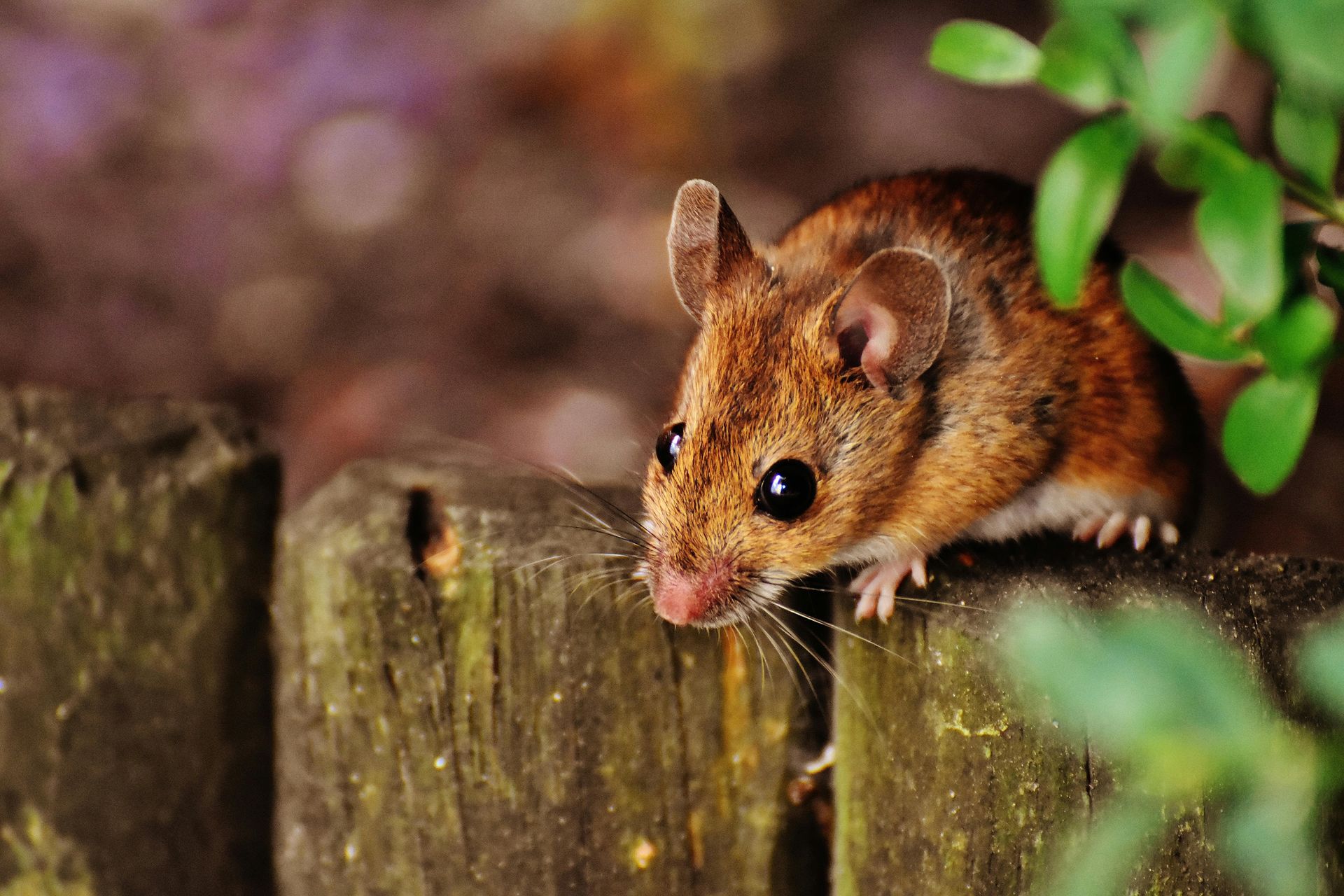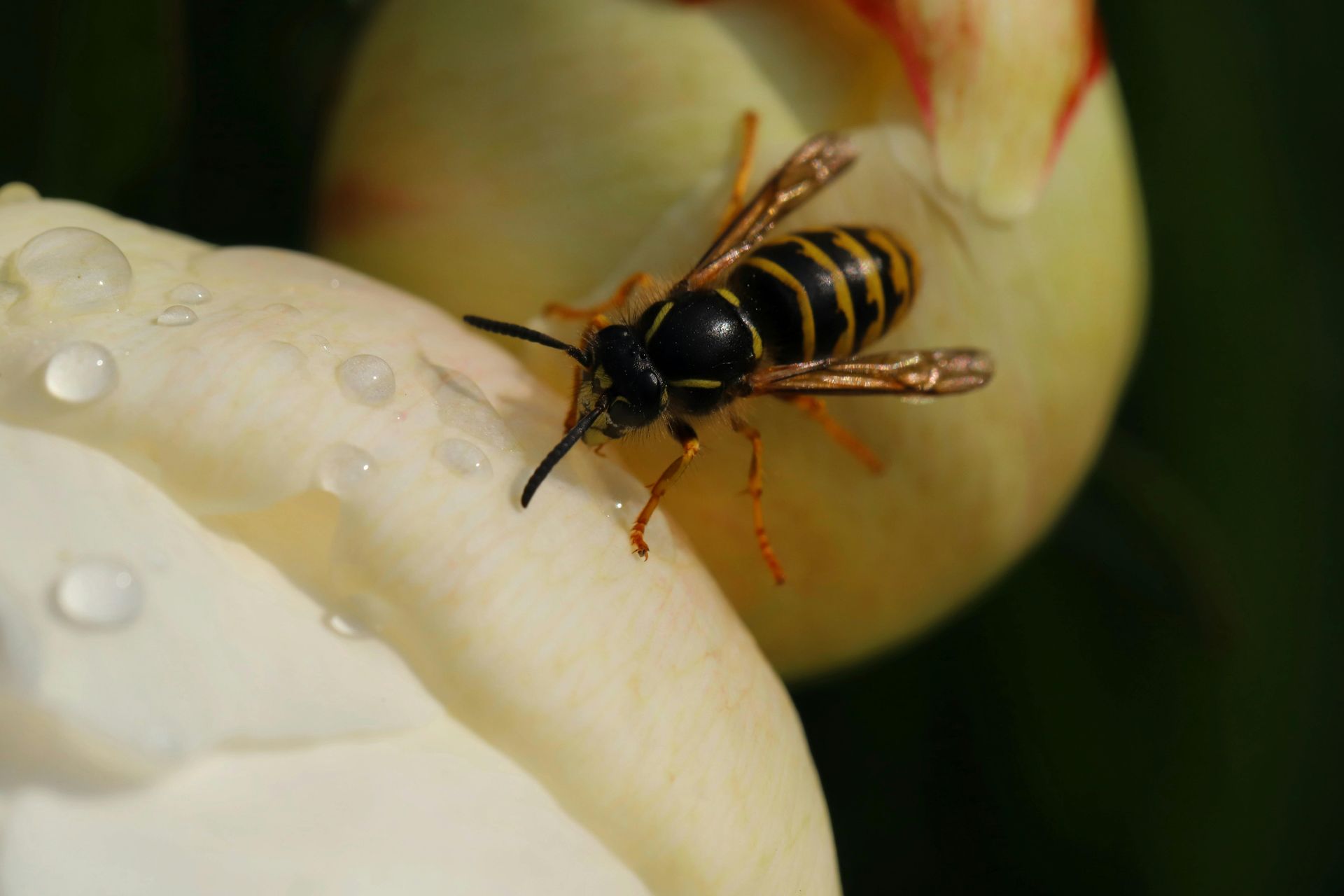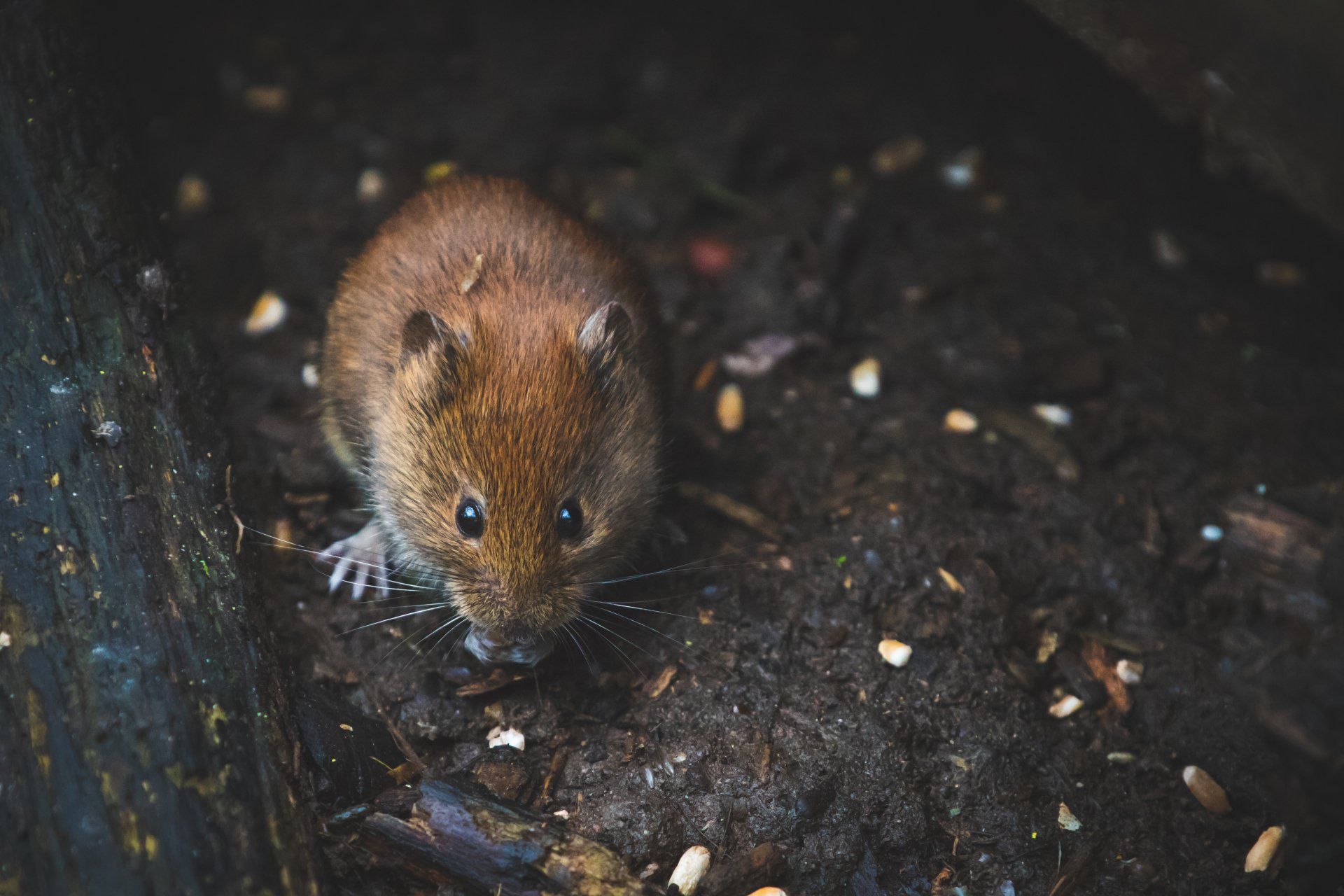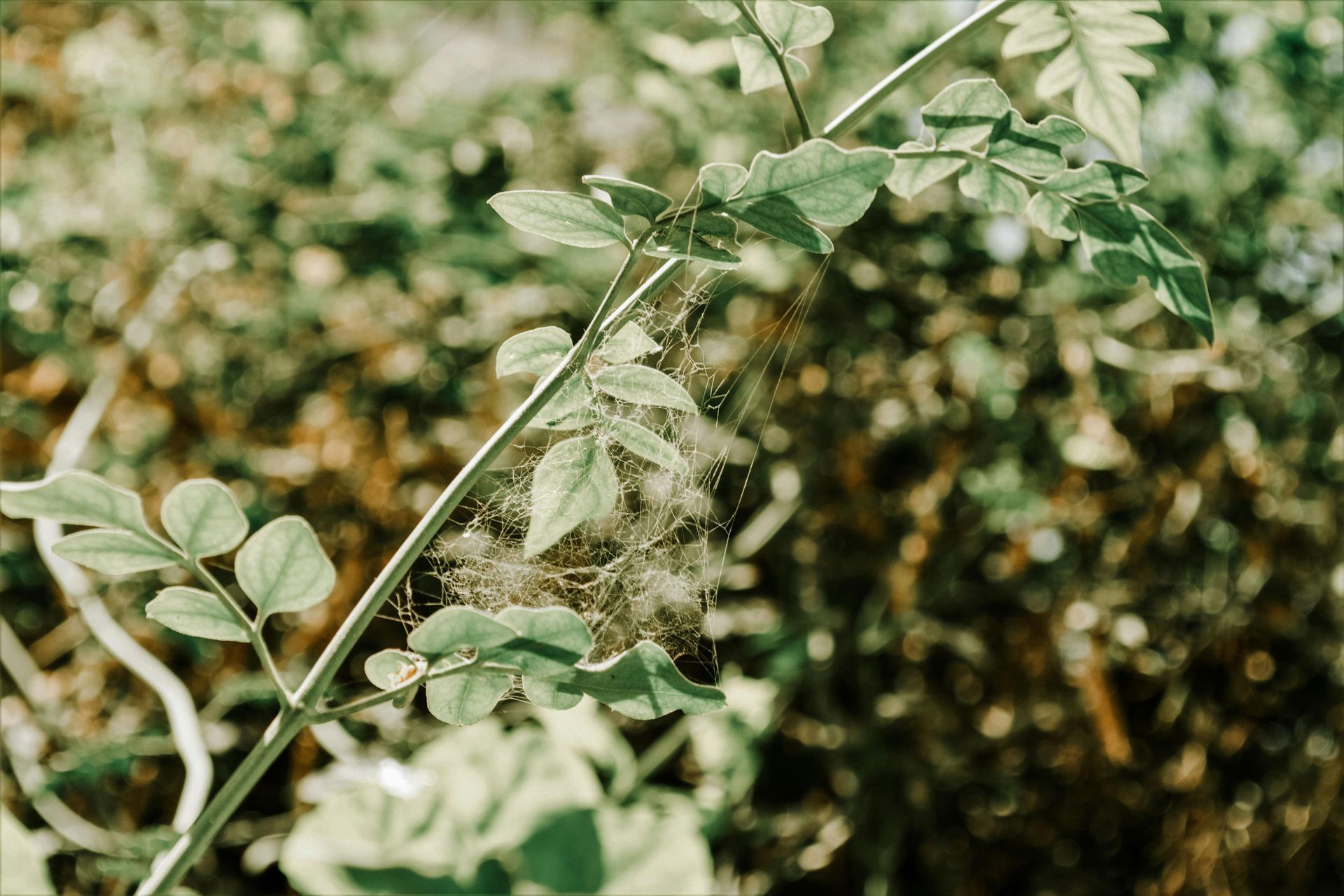Ant Fact Number Seventeen
jonathan ratautas • March 27, 2021
Ants are plant whisperers. You heard it hear first!
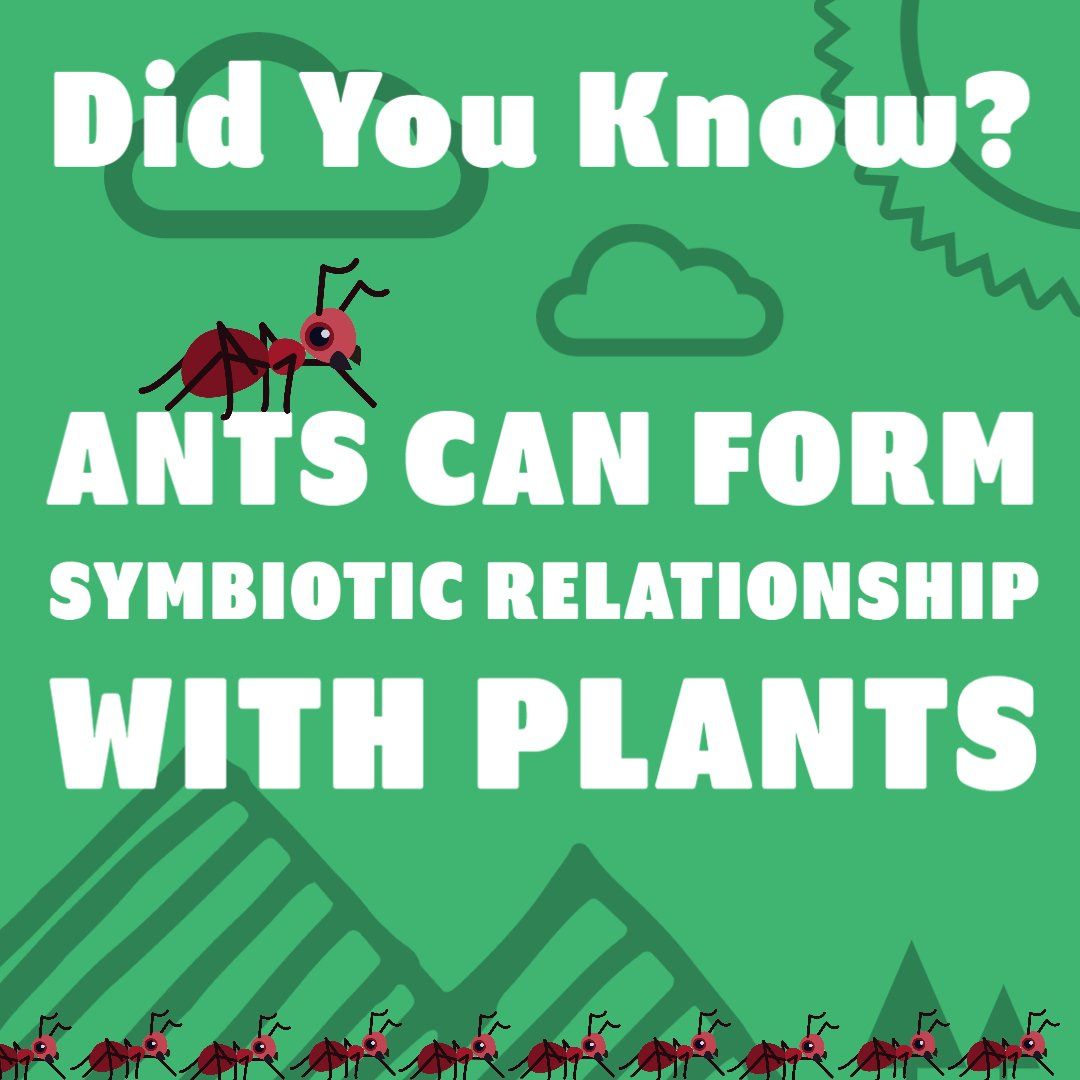
Ant plants, or myrmecophytes, are plants that have naturally occurring hollows in which ants can take shelter or feed.
These cavities may be hollow thorns, stems, or even leaf petioles. The ants live in the hollows, feeding on sugary plant secretions or the excretions of sap-sucking insects.
What does a plant get for providing such luxurious accommodations? The ants defend the host plant from herbivorous mammals and insects and may even prune away parasitic plants that attempt to grow on it.
Sounds pretty fair to me.

